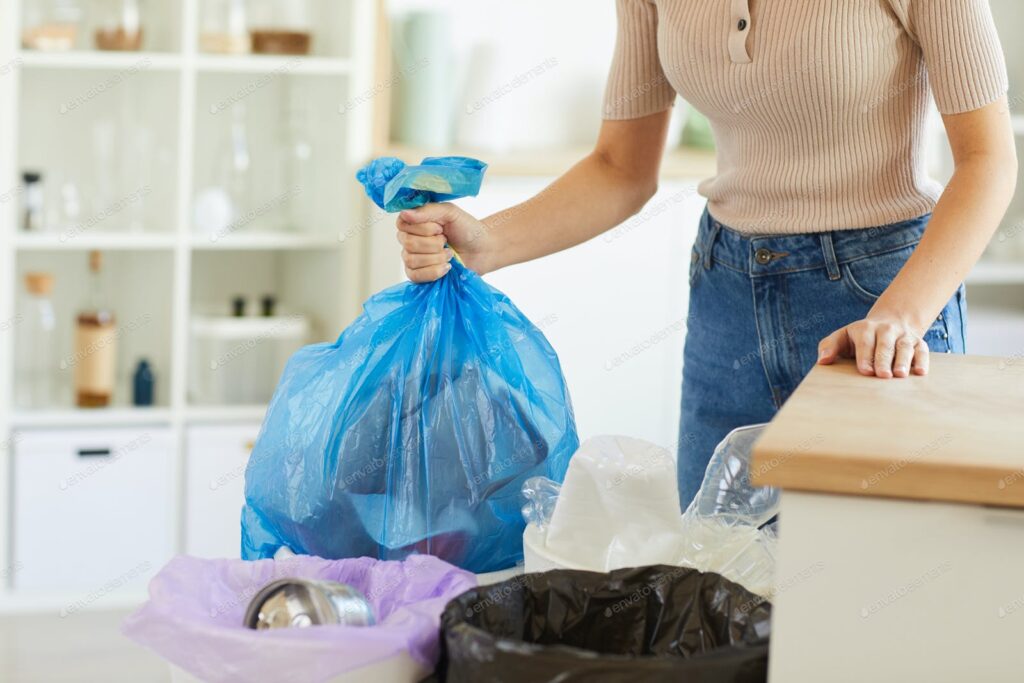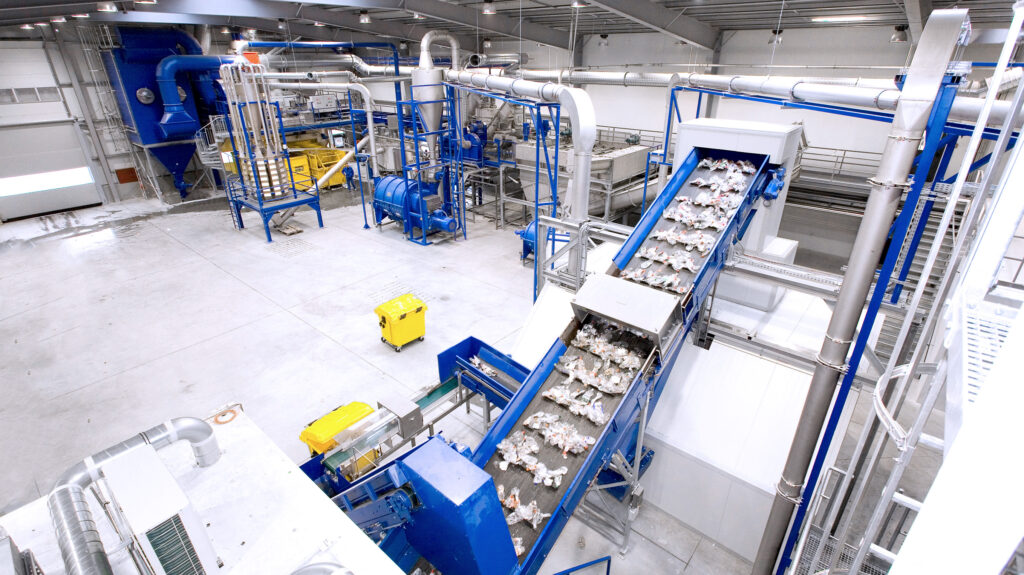
Recycling rubbish has been very sensational over the past few months. Even recycling companies are on the spotlight with this epic uprising against waste. The popularity of using single-use plastics and bag bans epitomize the war against rubbish.
However, despite the global and national consolidation efforts to push recycling to maximum levels, a lot of waste products are still being dumped straight to landfills or overseas.
How Much Rubbish Is There?

Recent stats show that Australians have produced over 67 million tons of waste from 2016 to 2017 alone.
To cut to the chase, we’re talking of tons of waste being flushed to landfills or shipped overseas.
Around 54 million tons of that is coined as “core waste” and is being managed by the waste and resource recovery industry.
In excess of that constitutes liquid waste, ash from electricity generation, farm manure, and mud as a by-product from refining. These materials will not be picked up by a rubbish truck.
While most people would focus on household waste, according to speedybins.com.au, more than 1/3 of waste materials would actually come from the industrial and commercial sectors as well as the demolition and construction industry.
In comparison to other developed countries, the Department of Environment would quip that they were able to consolidate ”more waste than the average” but get to recycle “a little less than the average.”
There is a concerning generalization of rubbish being just a waste that would need to be disposed of.
What Happens After the Rubbish Is Dumped in a Bin?

It’s really difficult to determine what happens to waste once it’s displaced in a bin. This continues to be a mystery that keeps a lot of local residents in the dark.
There is said to be an uncanny blind spot in all of these because waste companies implement an invisible protocol on their services. They find it unnecessary to burden householders of the guesswork on the waste problem. So, they have created a fairly easy and convenient design for waste consolidation and disposal system.
Whatever you put into waste bins disappears – for good. Trash that is thrown into general waste bins is dumped into a landfill. Basically, only about 2% of human waste is converted into energy. This is generally much lower compared to other European countries.
More so, an estimate of roughly around 130,000 tonnes of Australian plastic would end up in ocean and waterways every year.
According to WWF, the three primary reasons why it would end up right there would be because of littering, plastic that flies, and wet wipes flushed from landfill processing.
What is the Recycling Process?

There is a roundup of recycling steps that constitute being called as “manufacture-ready”.
First, Kerbside recycling would be taken by a rubbish truck right towards a material recovery facility.
It would then be segmented into varied streams and sorted into different sub-categories. When sorting plastic, the little numbers on the packaging would be followed.
Next, the plastic would be shredded, granulated, washed, dried, decontaminated, and then created into pellets which are used in the manufacturing process.
However, the most important part of the recycling process is buying products made from recycled rubbish. The loop wouldn’t be complete unless you buy it back.
The bottom line is that you’re not really recycling unless you buy recycled items. That’s when you come full circle.
Why Rubbish Is Sent To Landfill

The kind of rubbish you have will determine where it ends up. Most metals get recycled in Australia. However, some materials are dumped in landfills.
In fact, a large sum of plastic is sent straight to landfill because of how it would be creeping into layers of packaging.
In fact, even if your recycling would go into the appropriate bin, a large pie of that would still be deemed unusable because of contamination. This would include plastic bags, food, broken glass, liquids, and other rubbish.
For the past 20 years or so, the packaging process has become much more advanced and the type of materials being dumped in has also become more complex now more than ever. This has been a great challenge.
In fact, tissues, plastic-lined paper, and glassware don’t even make it on the final cut. This is called as “wish-cycling” because some materials may look like it can be recycled but its presence can be the end game of other good recyclables.
To resolve this, a six-bin system has been recommended by Infrastructure Victoria so that the trash segmentation is done right at home.
There are tons of recyclables that are stuck in sorting facilities and warehouses that sit there for a long time before they get to reach their final destination.
In fact, even if your rubbish is in mint condition, there would be no guarantee that it can actually be recycled especially if there aren’t any target buyers for it.
China’s Role in the Recycling Process

Around two years ago, Chinese companies have started processing a lot of Australia’s recyclable materials.
However, this changed when China’s government had the National Sword Policy which stopped any importation of around 24 types of solid waste.
This translates to thousands of dollars worth of recyclable materials floating in mid-air. This affected around 1.3 million tonnes of Australian waste materials or constitutes about 4% of recyclable waste.
Other countries like Indonesia, India, and Malaysia are also following through and imposing strict restrictions on waste importation.
What’s Being Implemented Now to Manage All These Waste?

The Council of Australian Governments (COAG) has now come up with a total on the exportation of recyclables overseas which would commence in the second half of 2024.
The waste policy action plan includes having a timeline set to ban exports of rubbish like paper, plastic, tyres, and glass. This push is to encourage a circular economy.
This plan includes a contingency for reducing total waste in Australia by as much as 10% per individual by 2030. This thrust is also aimed to increase the resource recovery rate of Australia by 80%. This is such a huge change.
It’s a bumpy ride but these modifications will set up better recycling process in Australia for about 30 to 40 years in the future.














